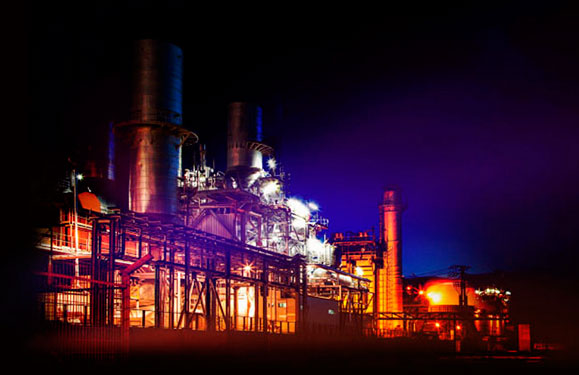"Strategic interdiction focuses on targeting an adversary state's war-industrial infrastructure, key domestic defense industries, supply chains, and strategic transportation nodes," explains Fabian Hoffmann, a researcher at the University of Oslo. "Its primary objective is to disrupt the adversary's military capabilities during deployment and pre-deployment stages, thereby reducing the aggregate war materials available to their forces."The effectiveness of this approach is already evident. Ukraine's two-year campaign has reportedly reduced Russia's oil refining capacity by 17% as of July 2024, according to an anonymous NATO official cited by European Pravda correspondent. Recent strikes on facilities like the Bryansk chemical plant, which produces explosives and rocket propellants, demonstrate the strategy's potential to significantly impact Russia's military capabilities. Even temporary disruptions to such facilities can have meaningful effects on Russia's military output.
Ukraine’s largest air assault targets fuel and defense industries in 12 Russian regionsRussia's air defense systems have struggled to counter these attacks effectively, particularly against low-flying drones employed in swarm tactics. Notably, Russia's response to recent attacks has been surprisingly muted. While Russia launched missile strikes against Ukraine in apparent retaliation, observers note the absence of the usual nuclear rhetoric from Russian leadership. Hoffmann suggests this might be due to changes in the international political landscape, particularly the transition in US administration, which has altered the usual dynamics of Russian threats and responses. The campaign's success doesn't require immediate decisive victories. Drawing parallels to World War II, Hoffmann notes that similar strategic campaigns against Nazi Germany's industrial capacity proved effective over time, even though German production initially continued to grow under bombardment.
"The key to evaluating success lies not in absolute terms but in relative ones," Hoffmann explains. "Compared to the adversary's maximum potential production, we need to assess by what percentage aggregate output has been reduced."The success of these operations also demonstrates Ukraine's growing technological capabilities in developing advanced drone technologies as well as collaboration with Western partners. According to Hoffmann, his partnership has enabled Ukraine to rapidly scale its UAV capabilities, leaving Russia struggling to develop effective countermeasures.
"Every piece of equipment and war-relevant material that never reaches the frontline is something that doesn't need to be destroyed there, saving critical manpower and equipment on the Ukrainian side," Hoffmann emphasizes.With Ukraine's domestic missile and drone production increasing significantly, military analysts expect this strategic campaign to pose growing challenges for Russia in the coming months, potentially reshaping the conflict's long-term trajectory. As of January 2025, Ukraine's defense industry has achieved remarkable efficiency, with domestic production accounting for over 96% of all unmanned aerial vehicles (UAVs) utilized by the military in 2024. Building on this momentum, Ukrainian Prime Minister Denys Shmyhal announced plans to produce at least 30,000 long-range drones in 2025, alongside approximately 3,000 cruise missiles and missile drones. The strikes have already forced Russia to divert significant resources to protect its critical infrastructure, further straining its military logistics. For Ukraine, these attacks represent a cost-effective means of disrupting Russia's war effort while demonstrating its ability to project power deep within Russian territory, even as the ground war continues. Read more:
- Ukraine Hits Peak Strike Rate on Russia as Drone Output Tops 1.5 Million
- Frontline Report: Russians Lose 400-km Radar in Ukrainian Drone Strike Spree
- Ukraine Debuts New Drones in Smolensk Plant Strike, Says Military Expert
- Air Defenses Intercept 50 Out of 72 Russian Drones Across Ukraine

